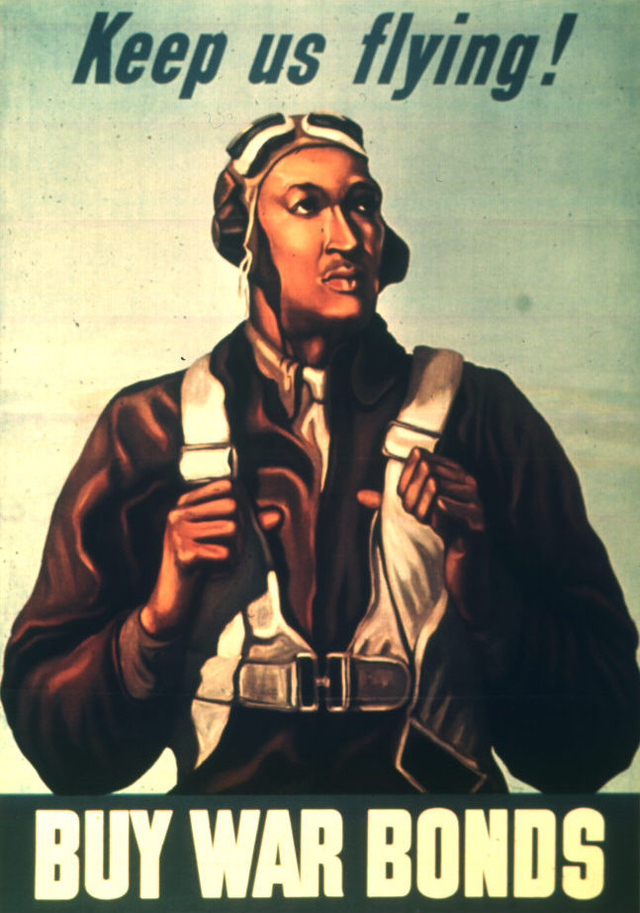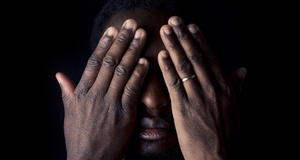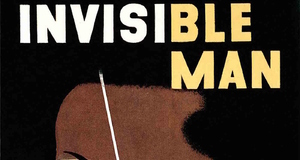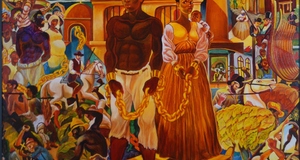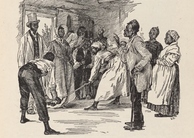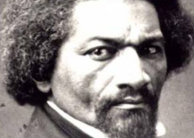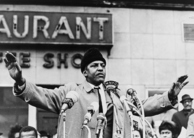Featured Article:The Double Victory Campaign and the Black Press: A Conservative Approach to 'Victory' at Home and Abroad
By
2015, Vol. 7 No. 02 | pg. 1/1 AbstractDuring World War II, the black press and several prominent black leaders called for a “Double V” victory against fascism abroad and against Jim Crow at home. With such a slogan, many historians regarded this campaign as the groundwork for the black revolts that characterized the civil rights movement. While there is ample evidence that the readers of the black press were receptive to a more militant approach, black newspapers themselves undertook a conservative effort to channel black militancy into nationalistic ends. By seeking government concessions rather than supporting militant elements of the black masses, the black press sought to create a homogenous American identity that included black citizens as a means to resolve struggles for full citizenship, freedom, and racial justice. Led by the Pittsburgh Courier, Baltimore Afro-American, and the Chicago Defender, the wartime black press attempted to bolster morale in order to promote the country’s war aims. To do so, however, required a keen recognition of the particular hardships African-Americans faced during the interwar years. The Great Depression not only hit African-Americans hard, but hiring discrimination during the 1930s prevented black unemployment from improving. When the war revived the economy with its ‘arsenal for democracy,’ its benefactors were overwhelming white: seventy-five percent of war industries refused to hire blacks, with only fifteen percent hiring them for menial jobs.1 Even after FDR’s executive order to desegregate the war industry, many regarded the Fair Employee Practice Commissions as a toothless agency.2 Moreover, the FEPC did not apply to the military: in the 1940 draft, a segregated African-American quota of nine percent was established with all black soldiers relegated into less prestigious units.3 The black press was well aware of such racism: to ignore the contradictions within American democracy in order to bolster war morale was to alienate their readership. The answer to this dilemma came when reader James G. Thompson posed this question to the editors of Pittsburgh Courier: "Should I sacrifice my life to live half American?"4 This significantly differs from the World War I “Close Ranks” call from prominent black leader W. E. B. Du Bois: “to forget [their] special grievances and closes ranks” in order to work with White America. In the Double V campaign, black struggles could not be forgone: the Courier’s editor Edgar T. Rouzeau underlined that the “two wars are inextricably intertwined."5 The Double V Campaign was not to safeguard traditional American society, but to establish the national legitimacy that African-Americans needed to reshape it into a more inclusive society. It was not long until other papers embraced the new militant rhetoric, and the ‘Double V’ became the wartime slogan of the black press. "The Double V Campaign was not to safeguard traditional American society, but to establish the national legitimacy that African-Americans needed to reshape it into a more inclusive society." Indeed, the influential imagery of this campaign had much more to do with its militant rhetoric than its approach. Unlike union leader A. Philip Randolph, whose threat about a March on Washington led to the creation of the FEPC, the actions of the black press were mainly limited to lobbying committees and letter-writing campaigns.6 Its ability to have tremendous influence was, therefore, due to its mass distribution: according to the Office of War Information (OWI), an estimated four of the thirteen million black population read the weeklies with sixty percent of newspapers moving across state lines.7 Such a platform to address racial injustices faced by black Americans led to a common misconception by scholars that the black press during wartime was actually radical or inflammatory. This fallacy may have actually formed because of the gap between the conservative approach of editors and the radical approach of its readership. When the OWI and the War Department were fretful that the black press was actually seeking to destroy black morale, the editors contended that they were merely a reflection rather than the source of black anger. In their clarification, the editors justified their work as a means to not only promote a unified front for the war, but to also to contain radical approaches by parts of the black community. As E. Washington Rhodes of the black newspaper Philadelphia Tribune stated: “the mass of Negroes is more radical than those of us who publish Negro newspapers.”8 Even when the black masses sought direct action to curb racial discrimination, the black press overwhelming condemned the radicalism. This was clearly the case when racial tensions cumulated into the Detroit race riots of 1943. Sparked by white resistance within the city’s factories to the migration of black labour, the Detroit riots killed thirty-four people, wounded hundreds more and damaged property worth millions. Instead of focusing on the abundant racism that provoked these African-Americans into revolt, the black press overwhelmingly regarded the riots as a threat to America’s ability to unite against the Axis Powers. Even as these riots were occurring across the country, many black newspapers continued to blame the riots on erroneous rumours and erratic-mob tendencies. The newspapers’ quotations from Eleanor Roosevelt to remain unified and hope “those who can control these riots will keep their heads and behave in a kindly way” reinforces said gap between the black press and black civilians in their approach.9 In fact, black editors from Amsterdam-News even condemned the ‘radical’ leadership of Randolph because “they are cropping up all over with ill-planned, ill-conceived, and dangerous principles which range all the way from national race riots to civil disobedience campaigns throughout the nation.”10 The black press hoped to redirect potential violence to constructive aims by proposing unconditional patriotism. To identify first as an American, one recognizes the permanent stake black citizens had in reshaping post-war America. However, the creation of a national identity that was inclusive to African-Americans creates a strange paradox: one in which African-American soldiers were both victims and perpetrators in a war based on the fight for racial supremacy. Therefore, while the black press projected black citizens in an all-American image, new civil and social institutions were geographically reconstructed around war industries in homogenous white communities, and, consequently, prevented Africans-Americans from benefiting in the postwar economy.11 The Double V Campaign’s attempts to both address black grievances and bolster war morale required the press to constrain the radical elements of the black community. To disable the support of black civilians’ direct actions ultimately prevented a double victory to occur and delayed many institutional changes seen in the civil rights movement. The militant rhetoric mixed with the conservative approach of the press decisively foiled the national recognition needed for a double victory. With victory abroad, the inequality against blacks adapted and institutionalized itself in early postwar America. ReferencesFinkle, Lee. “The Conservative Aims of Militant Rhetoric: Black Protest during World War II.” The Journal of American History. Vol. 60, No. 3.Dec., 1973. Kruse, Kevin M. and Tuck, Stephen. Fog of War: The Second World War and the Civil Rights Movement. New York. Oxford University Press. 2012. Lutz, Catherine. “Making War at Home in the United States: Militarization and the Current Crisis.” American Anthropologist. 104. no. 3. 2002. Meyers, George A. "Discrimination's End is Necessary to Win War."Baltimore Afro- American. Front Page. December 08, 1942. http://news.google.com/newspapers?nid=UBnQDr5gPskC&dat=19421208 Takaki,Ronald. Double Victory: A Multicultural History of America in World War II. Boston. Little, Brown and Co. 2000. Thompson, John G. "Democracy: Victory At Home-Abroad.”Pittsburgh Courier. sec. Letter to the Editor. January 31, 1942. http://www.learner.org/courses/amerhistory/resource_archive/resource.php?unitC hoice=1 Endnotes
Suggested Reading from Inquiries Journal
Inquiries Journal provides undergraduate and graduate students around the world a platform for the wide dissemination of academic work over a range of core disciplines. Representing the work of students from hundreds of institutions around the globe, Inquiries Journal's large database of academic articles is completely free. Learn more | Blog | Submit Latest in African-American Studies |


